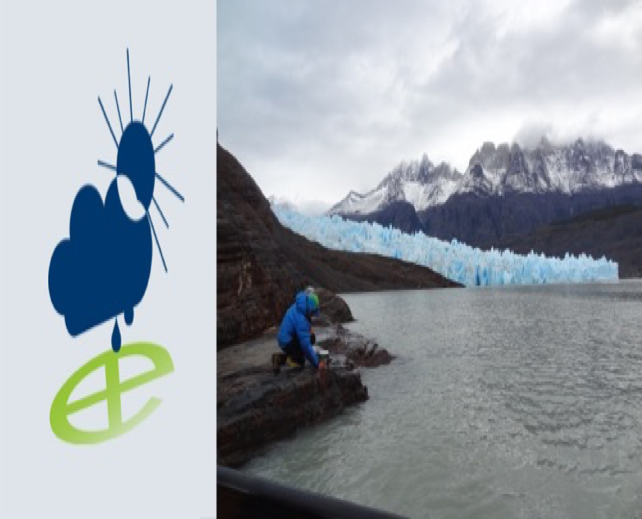Topoclimatic forcing and non-linear dynamics in the climate change adaption of glaciers in High Mountain Asia (TopoCliF)

Glaciers in High Mountain Asia (HMA), a substantial resource of water supply for more than a billion people, are known to react highly heterogeneous to climate change. However, spatial patterns, forcing mechanisms, and sensitivities underlying this heterogeneity are still poorly understood. Recent studies highlight the role of topoclimatic effects at the scale of individual valleys and ridges, implying substantial potential for non-linear melt dynamics. To date, adequate tools to analyze such big data-prone mesoscale phenomena are lacking, resulting in a data gap between large-scale remote sensing studies and field-based investigations at individual glaciers. The equilibrium line altitude (ELA) of a glacier is an integrating phenomenon, reflecting a cross total of all topographic and climatic factors affecting the mass balance (MB); ELAs are thus eminently suited indicators for topoclimatic effects. In the TopoCliF project, a novel remote sensing approach will be applied, specifically designed to retrieve datasets of ELA and multitemporal ELA change calculations for whole orogens and with unprecedented level of detail. In order to disentangle the roles of different topographic and climatic parameters in forcing glacier fluctuations, an ensemble of Machine Learning techniques, and physical modeling of glacier mass and energy balances will be conducted. Resulting mass balance data will subsequently be used to model the sensitivity of glaciers to observed anomalies in temperature and precipitation. Hypsographic glacier characteristics and ELAs will inform GIS-based spatial analysis to quantify potentials for non-linear dynamics in the adaption of glaciers in HMA to future climate change under different emission scenarios.
Team
- Dr. David Loibl (Humboldt-Universität zu Berlin)
- Prof. Dr. Christoph Schneider (Humboldt-Universität zu Berlin)
Cooperation Partner
- Tobias Sauter (FAU Erlangen-Nürnberg)
Duration
- The duration of the project covers three years: January 2018 to August 2021
Funding
- The project is funded by the Deutsche Forschungsgemeinschaft (DFG)
For project related publications please see the climate geography publication list.
